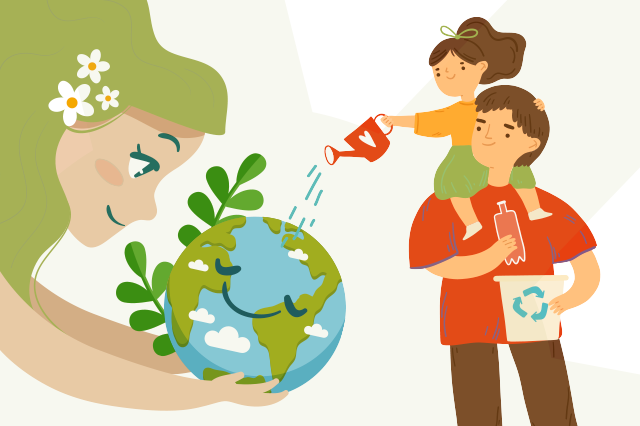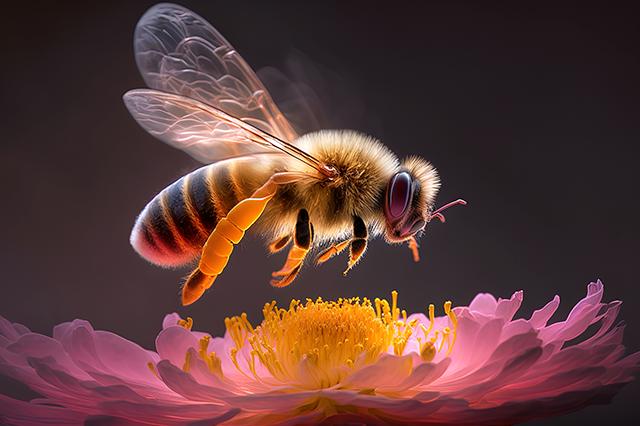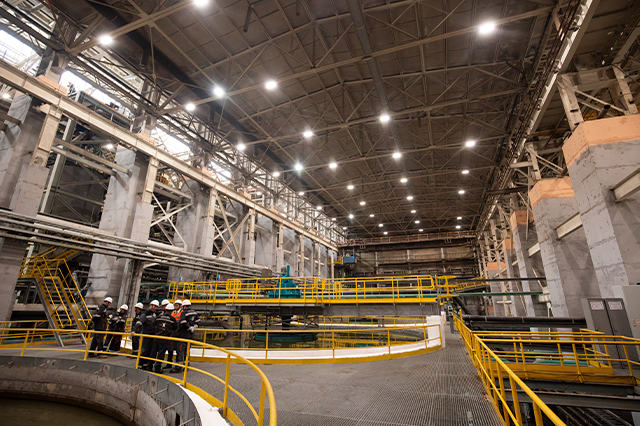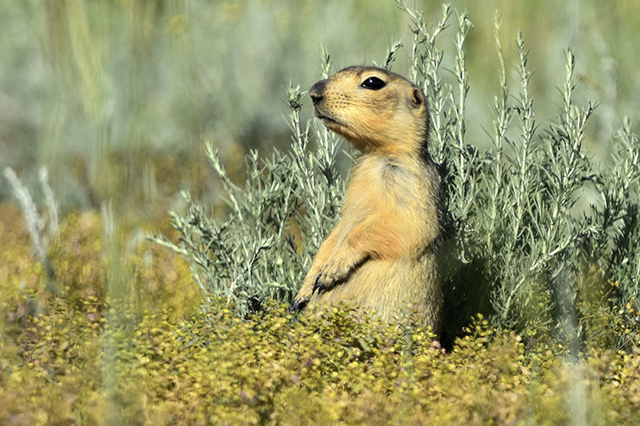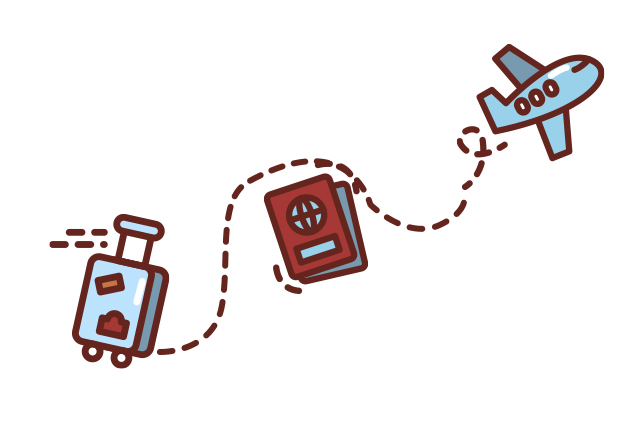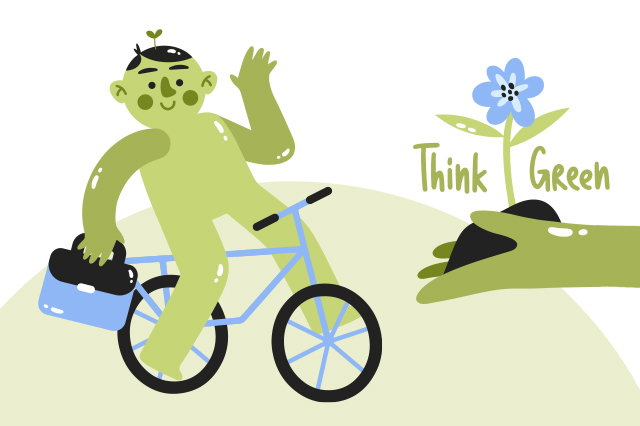Kazakhstan is rich in history and has a diverse landscape. The vast steppes, mountain ranges, and arid deserts are home to diverse flora and fauna. However, the country's agricultural practices and industrialization have damaged soil health and ecological systems. We will discuss how modern science contributes to soil health and improve the environment, learn about prominent figures, and find out who is making agro-startups.
What's the problem?
According to the Food and Agriculture Organization of the United Nations (FAO), the global area of diseased and degraded soils exceeds 1.2 billion hectares. This is more than 20% of the world's agricultural land. Direct losses from soil toxicity (soil toxicosis), including due to residues of persistent herbicides, are estimated at ~25% of global yields.
Kazakhstan has a long history of agriculture dating back to the Bronze Age. However, the industrialization policies of the Soviet Union in the 20th century led to large-scale monoculture and excessive use of synthetic fertilizers and pesticides. This had a deleterious effect on the soil, leading to degradation and erosion and, ultimately, reduced crop yields.
Famous science figures in Kazakhstan
Some figures of science in Kazakhstan have significantly contributed to soil health and ecology in the country. One of them is Dr. Marat Omarov, a well-known soil scientist and professor at the Kazakh National Agrarian University. He has conducted extensive soil microbiology and bioremediation research and has developed several innovative biotechnological solutions to improve soil fertility.
Another notable figure is Dr. Zhanar Sekerbaeva, a chemist and professor at Al-Farabi Kazakh National University. She has researched using natural materials such as zeolites and clays as soil amendments to improve soil health and reduce exposure to pollutants.
International practices
There are examples worldwide of successful applications of biotechnology and natural materials to improve soil health and the environment. Here are some of them:
Biochar in Brazil. Biochar is a type of charcoal made from organic waste. It is used in Brazil to improve soil fertility. In a study published in the Journal of Agriculture, Ecosystems and the Environment, researchers found that adding biochar to the soil increases carbon and nitrogen, leading to higher yields. In addition, biochar reduces the amount of greenhouse gases emitted from the soil.
Nitrogen fixation in India. Nitrogen is a crucial nutrient for plant growth. Many plants rely on bacteria to convert atmospheric nitrogen into a form they can use. In India, farmers use a technique called "biofertilization," which involves adding nitrogen-fixing bacteria to the soil. A study published in Crop Production Journal showed that biofertilizer increases yields by 80%.
Composting in the United States. Composting is the process of converting organic waste into a nutrient-rich soil amendment. In the United States, many cities have implemented composting programs to remove organic waste from landfills. In a study published in the Soil Science Society of America Journal, scientists found that soil with added compost had higher nutrient levels and better soil structure than soil without compost.
Integrated Pest Management in China. Integrated pest management (IPM, Integrated pest management) is a strategy that uses a combination of methods, including biological control and chemical pesticides, to control pests. In China, farmers use IPM (Integrated Pest Management) to reduce the use of chemical pesticides and protect soil health. A study published in Crop Protection journal found that IPM increases yields and reduces pesticide use by 80%.
Mycorrhizal fungi in Australia. Mycorrhizal fungi are a type of fungi that form a symbiotic relationship with plant roots, helping them absorb nutrients from the soil. In a study published in Plant and Soil, researchers found that mycorrhizal fungi increase plant growth and nutrient uptake. In Australia, researchers are studying the use of mycorrhizal fungi to improve soil health and reduce the need for chemical fertilizers.
Scientific developments in Kazakhstan
Biofertilizers, microbial inoculants that promote plant growth and improve soil fertility, are gaining popularity. They reduce the use of synthetic fertilizers and promote sustainable agriculture.
There are also several promising developments on the horizon. One is using precision farming technologies, including biotech and chemical crop protection products, to optimize crop production while minimizing environmental impact. This uses sensors, drones, and other technologies to monitor soil conditions, crop growth, and nutrient uptake.
The case of Agro Innovation, a Kazakhstani agro startup
Olzhas Zhanybekov, CEO of a Kazakhstani agro-venture, talked about how his team uses biotechnology, chemistry, and IT to improve soil health and ecology. Olzhas noted that it is essential to distinguish between soil fertility and soil health concepts.
Soil fertility is soil's ability to meet plants' nutrients, moisture, and air needs. Low fertility is addressed through fertilizers, plant protection products, growth stimulants, and agronomists' skills in agro-technology. The reasoning here is in categories of how much of an increase it gave or how many percent of the crop it protected.
As a living biological system, soil health is the soil's ability to maintain yields and provide good crop, water, and air quality while ensuring human, animal, and plant health.
In one case, it is a list of characteristics. On the other, it is comprehensive well-being in terms of the biological, chemical, and physical properties supported by a living soil system, similar to human health.
Mineral fertilizers and pesticides cannot solve health loss. The biological solutions available are either unaffordable or complicated for most actually to use, or both.
Farmers must view their land, workers, animals, and waste as an interconnected network. All agricultural activities should be seen as a single living organism, using biological and mechanical methods that promote resource cycling, ecological balance, and biodiversity conservation.
Many farmers constantly try to maintain soil fertility but only sometimes think about preserving soil health. It is important to remember that healthy soils are always very fertile; conversely, production on diseased soils could be more profitable.
If a farmer is involved in organic agriculture or no-till production, it doesn't guarantee they are of regenerative output. The problem is that of the 624 million farmers on the planet, only about 8,000 do regenerative farming that restores the ecosystem. The rest, to varying degrees, simply exploit what they have.
Regenerative production is the reproduction of principles laid down by nature itself. It is profitable and requires almost no pesticides, fertilizers, or biopreparations, but it requires a dramatic change in the farmer's mindset. Such a drastic change in the thinking of all farmers on the planet is impossible, but neither can we accept that our home, planet Earth, is rapidly heading toward the point of no return. After all, agriculture accounts for 10-12% of anthropogenic greenhouse gas emissions annually.
"As of today, we have completed the development of two unique biotechnological inventions, which we plan to release by the 2024 season. Another invention is in the process of development," says Olzhas Janybekov.
"We also have five more solutions, albeit not unique, but important and adapted for non-poor farmers. One has already been replicated, but it won't be sold until the end of 2024, and one is in development, but we hope to release it this year," he continued.
"The bottom line is that some startup technologies focus on protecting, restoring, and increasing the number and diversity of native soil microorganisms, others focus on providing nutrition and moisture to the soil biosystem, and others focus on increasing mineral fertilizer uptake rates. We are also working on an express test to determine the current state of soil health."
Almost all of the startup's solutions focus on producers of grains, oilseeds, and legumes, which comprise most of the planet's cultivated area. It is challenging for such farmers to keep their soils healthy, especially if they have a vast crop area. Still, it is vital because they affect humanity's ecology and health.
Advantages and differences from traditional farming methods
The startup's client can engage in any farming method, whether traditional, organic, no-till, or regenerative. The team's job is to adjust to his process and implement the technology organically, improving soil health indicators and the farmer's income.
"What's important to me in research is the indicators that affect the conservation and increase in soil biodiversity, that is, how it affects bacteria, fungi, protozoa, soil mites, larvae, and worms. The impact of adding to current yields is secondary," Olzhas shared.
"Our approach is long-term, and cooperation with us has a positive cumulative effect. We also address the current increment by understanding that the environment cannot be improved unless farmers benefit from it," he continued.
The startup helps either reverse soil depletion or maintain the soil's current ability to provide yields, mitigating the effects of climate change and increasing the profitability of production. By reducing costs and improving the soil's ability to give back, the startup can serve millions of hectares and keep millions of tons of CO2 in the ground layer of the atmosphere.
Problems and Challenges of AgroStartup in Technology Development and Implementation
The startup served more than 65 thousand hectares in Kazakhstan from 2017 to 2021 with sales of other people's biopreparations and made more than $120,000 profit. Therefore, the team is confident that it can solve implementation problems even though Kazakhstan's consumption culture per hectare is the lowest in the CIS. The country's consumption culture is 4.5 times lower than Kyrgyzstan and 30 times lower than Uzbekistan.
"Now the biggest problem is financing. We needed investment for research work, and investors in Kazakhstan are as afraid as a fire of anything related to biotechnology, agriculture, and scientific research," says the entrepreneur. "We were not even given a chance to present our startup. Investors in Kazakhstan are now interested in IT startups, building restaurants, quick deals, and tenders," he concluded.
"We faced funding difficulties even though we had completed the most expensive, long, and complicated research process at the time. And we did it in Germany because Kazakhstan does not have the necessary infrastructure to invent breakthrough technologies," Olzhas added.
"At the same time, state grants either have not been announced yet, but also the sums do not solve anything, and the conditions are not the most favorable, or require scientific accreditation, so the desire to get them will block us the possibility of international patenting and at the same time the term of obtaining them also does not solve anything for us.
We passed the stage where there were no guarantees of success in the search for technology, now we have proof of its performance and are at the stage of organizing production, and investors will now support us.
Success stories and case studies of the effectiveness of the approach in improving soil health
"Here, we need to think not in yield records but in economic feasibility, when profit per hectare is more important than revenue. Because ideally, a farmer should apply not only our solutions but also work with the nutrition of microorganisms through the cultivation of a variety of cereals, legumes, and other crops, making sure that the roots are in the soil as long as possible, as well as comply with the principles of regenerative production. Only then will a true miracle await them," Olzhas shared.
"Unfortunately, most farmers in Kazakhstan are subletters from tenants, and they need to squeeze everything they can out of the soil," he continued.
For example, soybeans. Thousands of nitrogen-fixing bacteria bind nitrogen from the atmosphere and convert it into compounds assimilable and necessary for plant growth and development. Interestingly, 99.9% of them cannot be cultivated in the laboratory.
Therefore, when growing soybeans, we influenced the growth of local nitrogen-fixing bacteria in different ways, including those that live on the roots. We received more than 300 kg per 1 hectare of yield increase, spending about 2,500 tg per 1 hectare. And it did not matter whether the farmer treated seeds with special powders of laboratory nitrogen-fixing bacteria. In any case, we received an increase, but the result was higher when the farmer treated the seeds with powder.
Due to increased metabolism and elimination of toxins, the farmer received 3, 5, or even 25 tons of yield increase per hectare on onions and cucurbits. And for corn and grain was relatively easy to increase yields by 500 kg per hectare with little investment. There was also a case of removing corn bubblehead disease without chemical means. Interestingly, the effect grows the following season.
Now the team is working on solutions, from rapid health diagnostics to improving the soil's ability to retain moisture. The plan is to change the business model so that the solutions are more affordable and tailored to many customers' climate and soil characteristics.
Conclusion
New technologies, including biotechnology, can play a crucial role in revolutionizing soil and ecology in Kazakhstan. The rich history of agriculture in the country and its transition to a market economy have created fertile ground for applying these technologies.
Biologization of production and environmental issues is a global trend.
A striking example is Ukraine, where biologization increased by 638% from 2017 to 2020. Even such a chemical giant as Syngenta thought about soil health and provided training.
Suppose technology is applied wisely and keeps the number and diversity of soil microorganisms in focus. Think of soil as a living, changing ecosystem. In that case, agriculture will become stable and sustainable.
Olzhas Janybekov







